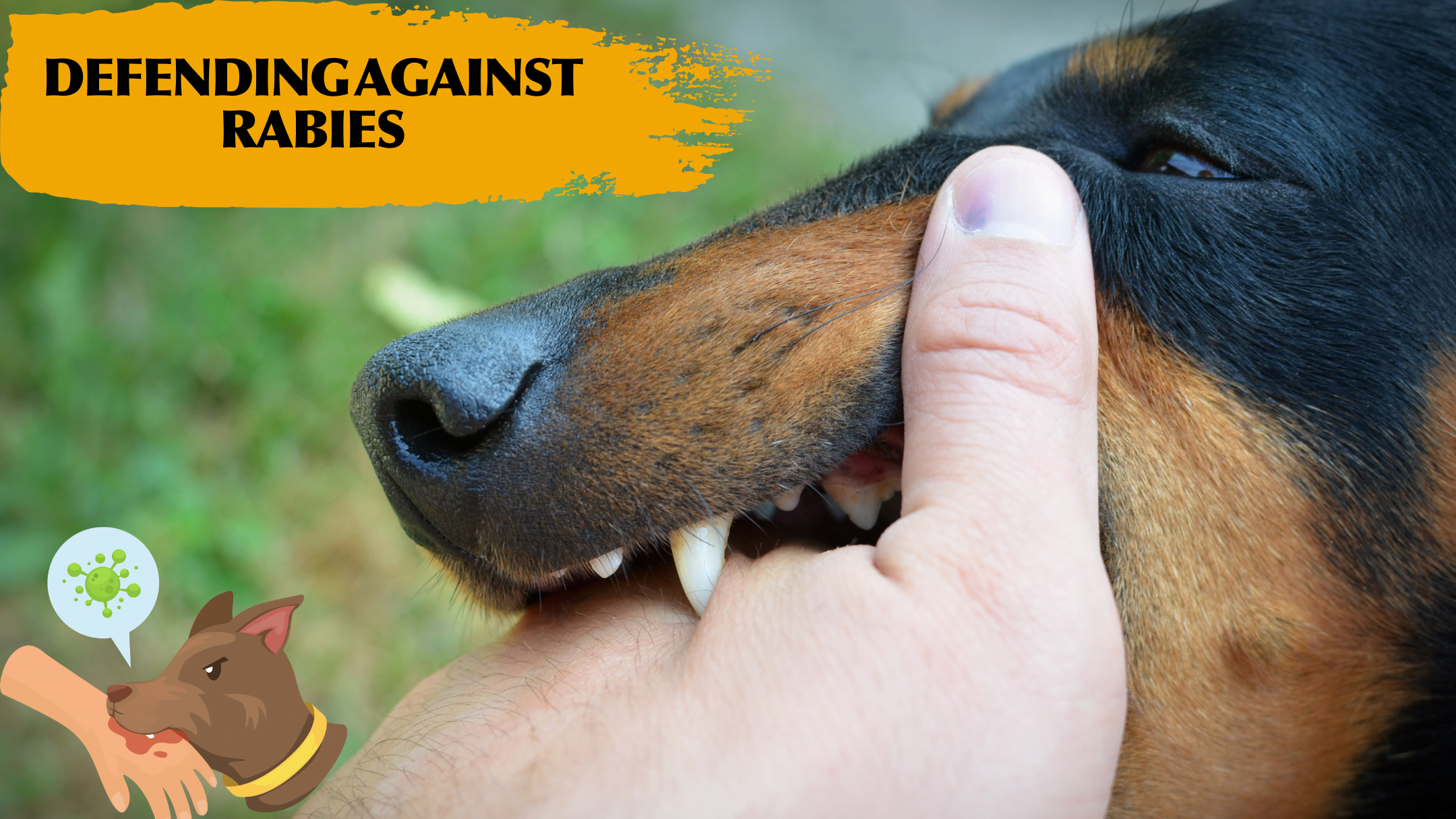What is Rabies virus and how can we avoid it ?

Rabies, a menacing viral disease, continues to inflict fear and suffering upon both animal populations and humans worldwide. At its core lies the Rabies virus, Ecological a member of the Rhabdoviridae family, which relentlessly attacks the central nervous system, leading to a grim prognosis if left unchecked. Rabies is a significant concern, and understanding its various facets, from symptoms to prevention strategies, is paramount in combating its spread and mitigating its impact.
The Sinister Path of Infection:
Transmission of Rabies typically occurs through the bite or scratch of an infected animal. Once introduced into the body, the virus embarks on a treacherous journey along peripheral nerves, steadily advancing towards the brain. The C, unpredictable in duration, complicates the timely diagnosis and intervention crucial for combating this relentless foe. Recognizing the symptoms and understanding the incubation period are vital for early detection and treatment.
Clinical Manifestations:
The clinical course of Rabies is a chilling spectacle, beginning with non-specific symptoms such as fever and malaise before progressing rapidly to neurological signs. Anxiety, agitation, and the characteristic hydrophobia and aerophobia mark the disease’s escalation. Paralysis soon follows, ultimately leading to coma and death, often within a matter of days from symptom onset. Prompt recognition of symptoms and seeking medical attention are essential for improving outcomes.
Ecological Dynamics and Hosts:

Rabies exhibits remarkable adaptability, utilizing a diverse array of mammalian hosts as reservoirs for its propagation. While domestic dogs serve as primary vectors in many regions, wildlife species such as bats, raccoons, and foxes also contribute significantly to Rabies transmission, highlighting the intricate ecological interplay underpinning the disease’s spread. Understanding the role of various animal hosts is crucial for implementing targeted control measures.
Towards Prevention and Control: Vaccination emerges as the linchpin in Rabies control endeavors, with targeted campaigns focusing on domestic animals like dogs and cats proving instrumental in curtailing the virus’s spread. Additionally, pre-exposure prophylaxis for high-risk individuals and post-exposure prophylaxis following potential exposure remain vital strategies in the fight against Rabies. However, persistent challenges, including resource constraints and limited access to healthcare facilities in certain regions, underscore the imperative for continued global efforts to combat this lethal scourge effectively.
Avoiding Rabies: Essential Strategies
- Vaccination Programs: Implementing comprehensive vaccination programs for domestic animals, particularly dogs and cats, serves as a fundamental strategy in preventing Rabies transmission. By ensuring widespread vaccination coverage within animal populations, we can significantly reduce the risk of Rabies outbreaks and protect both animals and humans from infection.
Education and Awareness Campaigns:
Conducting extensive education and awareness campaigns plays a pivotal role in mitigating Rabies risks. By educating communities about the modes of Rabies transmission, the importance of seeking medical care following animal bites, and the benefits of vaccination, we empower individuals to take proactive measures to prevent Rabies infection.
Pre-Exposure Prophylaxis:
Offering pre-exposure prophylaxis, such as Rabies vaccines, to individuals at high risk of exposure, including veterinarians, wildlife workers, and travelers to endemic regions, provides a crucial layer of protection against Rabies. By immunizing high-risk groups, we can bolster their immunity and reduce the likelihood of Rabies transmission in occupational settings or during travel.
Prompt Post-Exposure Prophylaxis:

Ensuring prompt administration of post-exposure prophylaxis, including Rabies vaccines and immune globulin, following potential exposure to the virus is essential in preventing Rabies progression. Timely intervention significantly reduces the risk of developing clinical symptoms and can ultimately save lives by preventing Rabies-related fatalities.
Population Control and Responsible Pet Ownership:
Implementing measures for population control of stray animals, alongside promoting responsible pet ownership practices such as licensing, microchipping, and spaying or neutering, helps limit Rabies transmission within communities. By reducing the population of stray animals and ensuring that owned pets are properly vaccinated and supervised, we can minimize the risk of Rabies outbreaks and enhance overall community safety.
Certainly! Here are some additional tips to further enhance Rabies prevention efforts:
Avoid Contact with Wildlife:
Encourage individuals to avoid direct contact with wildlife, including bats, raccoons, and stray animals, to minimize the risk of Rabies exposure. Wildlife can carry the Rabies virus without exhibiting obvious symptoms, making any contact potentially hazardous.
Proper Wound Care:
Emphasize the importance of immediate and thorough wound care following animal bites or scratches. Washing the wound with soap and water for at least 15 minutes can help reduce the viral load and decrease the likelihood of Rabies transmission.
Seek Medical Attention Promptly:
Encourage individuals to seek medical attention promptly after any animal bite, scratch, or exposure, even if the wound seems minor. Healthcare professionals can assess the risk of Rabies transmission and recommend appropriate post-exposure prophylaxis to prevent infection.
Stay Informed about Rabies Risks:
Stay updated on Rabies risks in your local area or any regions you plan to visit. Awareness of Rabies prevalence, vaccination recommendations, and local control measures can help individuals make informed decisions to protect themselves and their pets.
Support Rabies Research and Control Efforts:
Advocate for increased funding and support for Rabies research, vaccination campaigns, and control programs at local, national, and global levels. By supporting initiatives aimed at eradicating Rabies, we can work towards eliminating this deadly disease once and for all.
By incorporating these additional tips into Rabies prevention strategies, communities can further reduce the risk of Rabies transmission and ensure the safety and well-being of both humans and animals. Rabies remains a formidable adversary, but with concerted efforts and comprehensive approaches, we can strive towards a future free from the threat of this deadly virus.










[…] Rabies, a lethal viral disease, extends its reach across diverse animals, including dogs, cats, and humans. Its transmission typically occurs through the saliva of infected animals, primarily via bites. Upon invasion, the virus targets the nervous system, inducing symptoms like fever, headache, and agitation. As the ailment progresses, it leads to paralysis, hydrophobia, and potentially fatal outcomes. Vaccination stands as a pivotal shield against rabies for both animals and humans. Timely medical intervention, including post-exposure prophylaxis, becomes imperative following a bite from a potentially rabid animal. Despite advancements, rabies persists as a significant public health challenge, particularly in regions with limited access to vaccination and animal control initiatives. […]